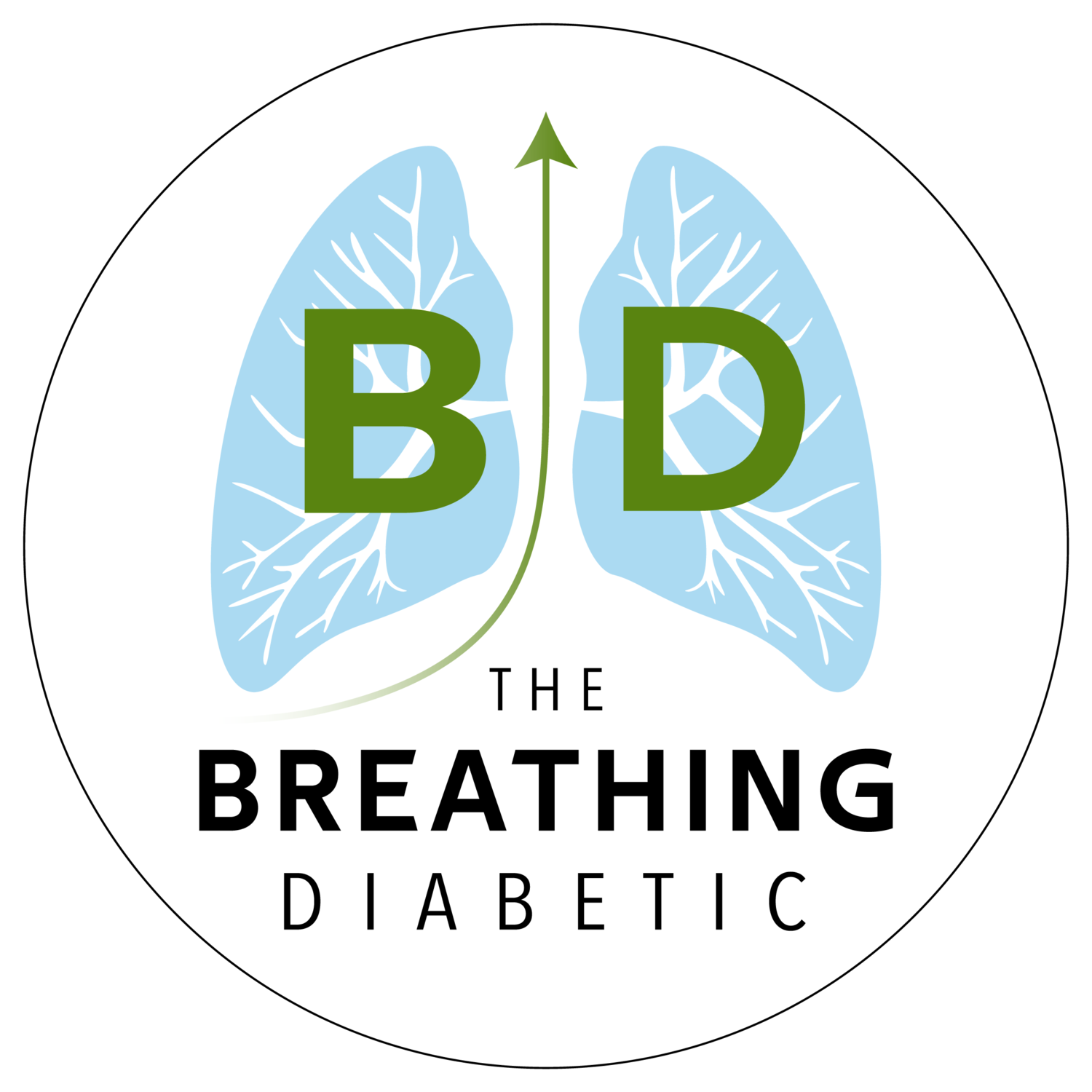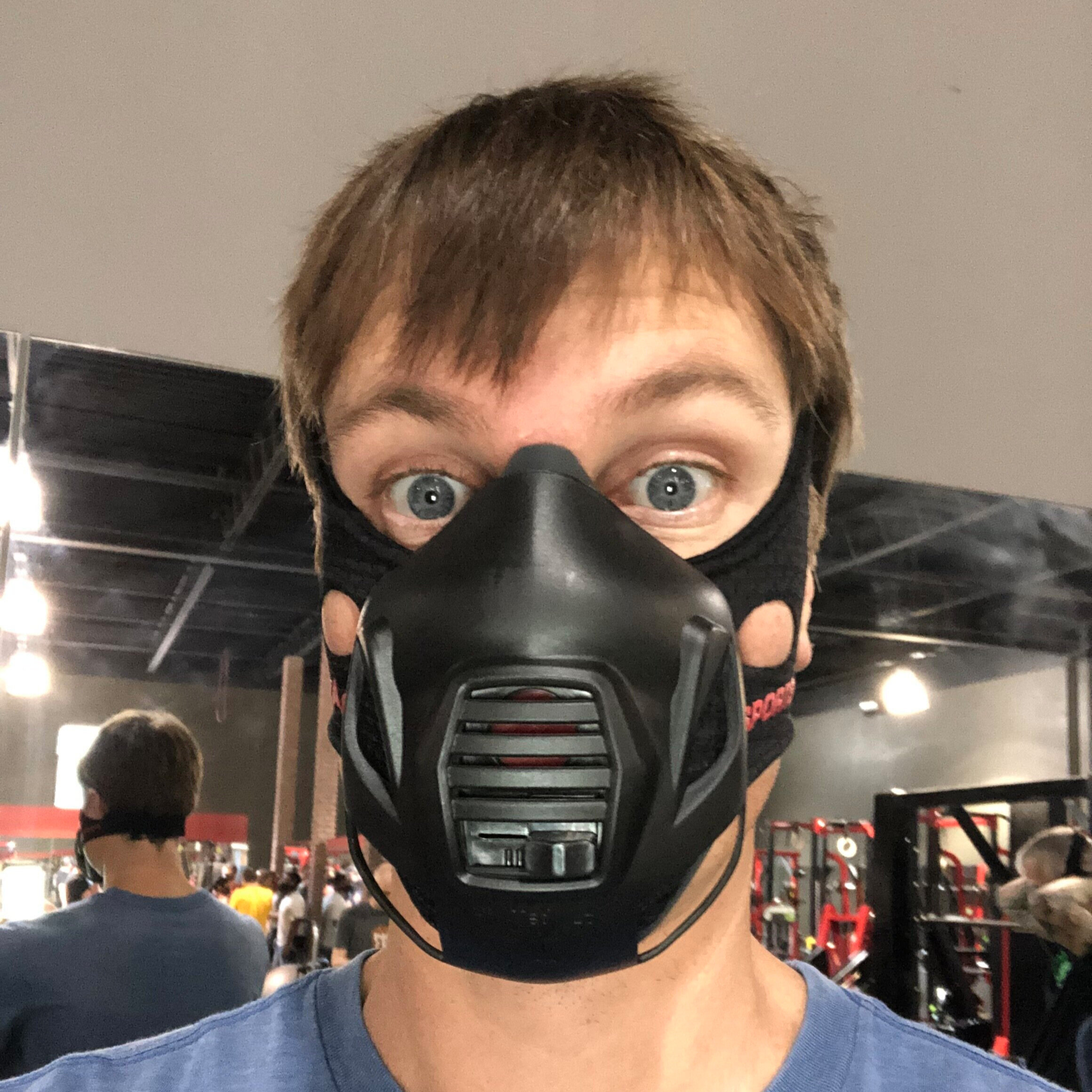In post-traumatic stress disorder (PTSD), physiological arousal is increased when a person is reminded of their traumatic experience. This is somewhat unsurprising.
An over activated sympathetic nervous system almost certainly plays a role in this. However, under activation of the parasympathetic nervous system, or “low vagal tone,” might be equally important.
The goal of the paper I’m sharing this week was to examine these two components and determine which might be responsible for the enhanced stress response in PTSD.
As with most things, the answer is likely “they both matter.” But here is what they found.
Low Heart Rate Variability Linked to Enhanced Stress Response
They measured high-frequency heart rate variability (HRV) as a marker of parasympathetic tone. Then, the participants were read a trauma script and their physiological response was recorded.
Results showed that patients with a higher baseline HRV did not experience as much stress. The subjects with lower HRV showed a higher heart rate peak, followed by a slower deceleration of heart rate. That is, they showed an elevated stress response.
The patients with lower baseline HRV also had longer half-recovery times, meaning that their stress response was not only elevated, but also prolonged.
These findings suggest that low parasympathetic tone, rather than just increased sympathetic activity, might help explain the increased physiological stress response in PTSD.
Two Takeaways
HRV measurements might provide insight into the severity of a person’s PTSD and predict how well they respond to stress.
Slow breathing is one of the easiest ways to improve HRV, both immediately and long term.
If HRV predicts the stress response, and HRV can be increased via breathing exercises, it is conceivable that breathing practices could improve stress resiliency in PTSD. (In fact, a 2013 study found that a yoga breathing program significantly improves PTSD symptoms in Australian Vietnam veterans.)
Finally (and importantly), these takeaways might be applicable to conditions other than PTSD, such as anxiety disorder, cardiovascular disease, and diabetes.
In good breath,
Nick












